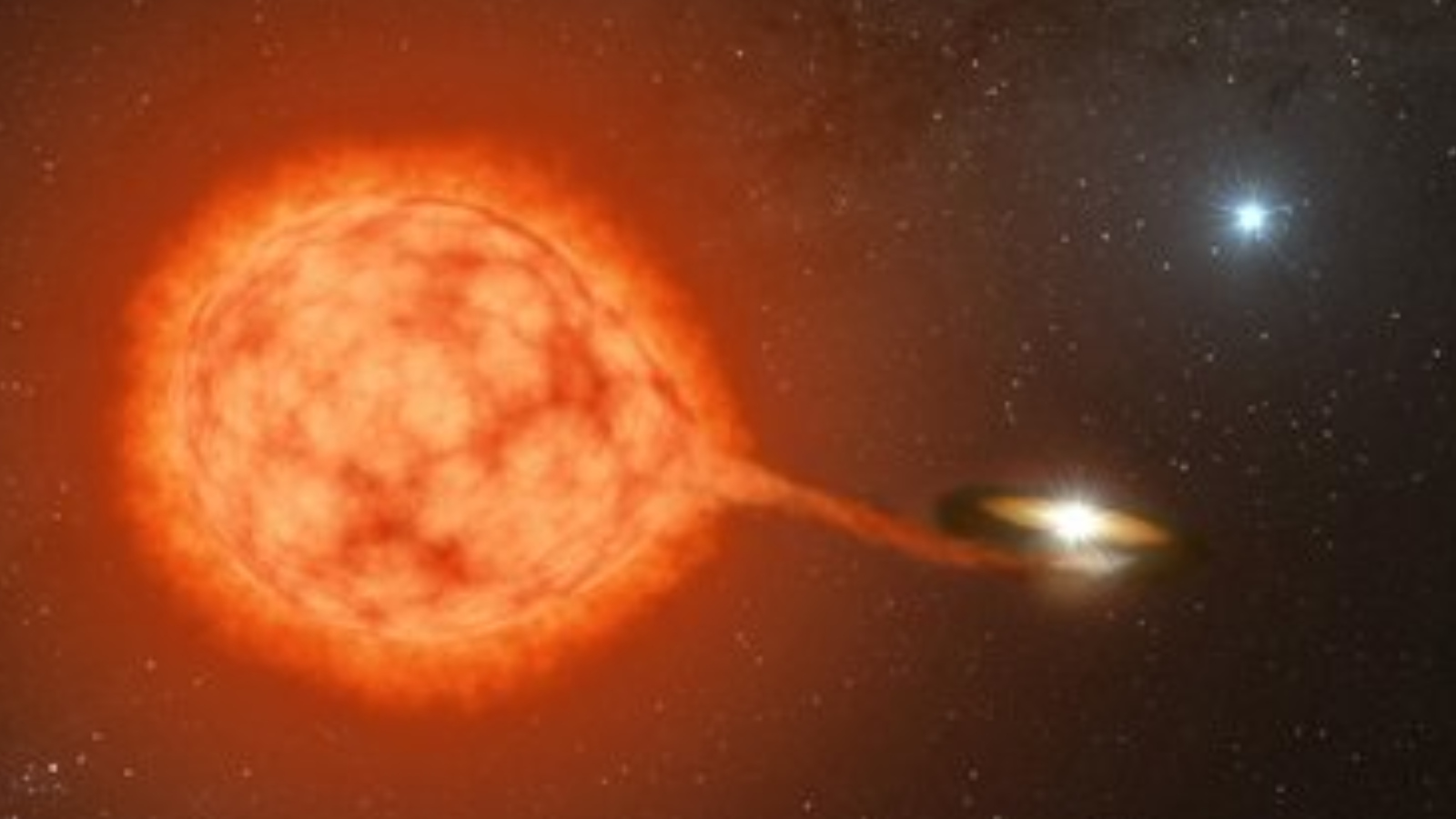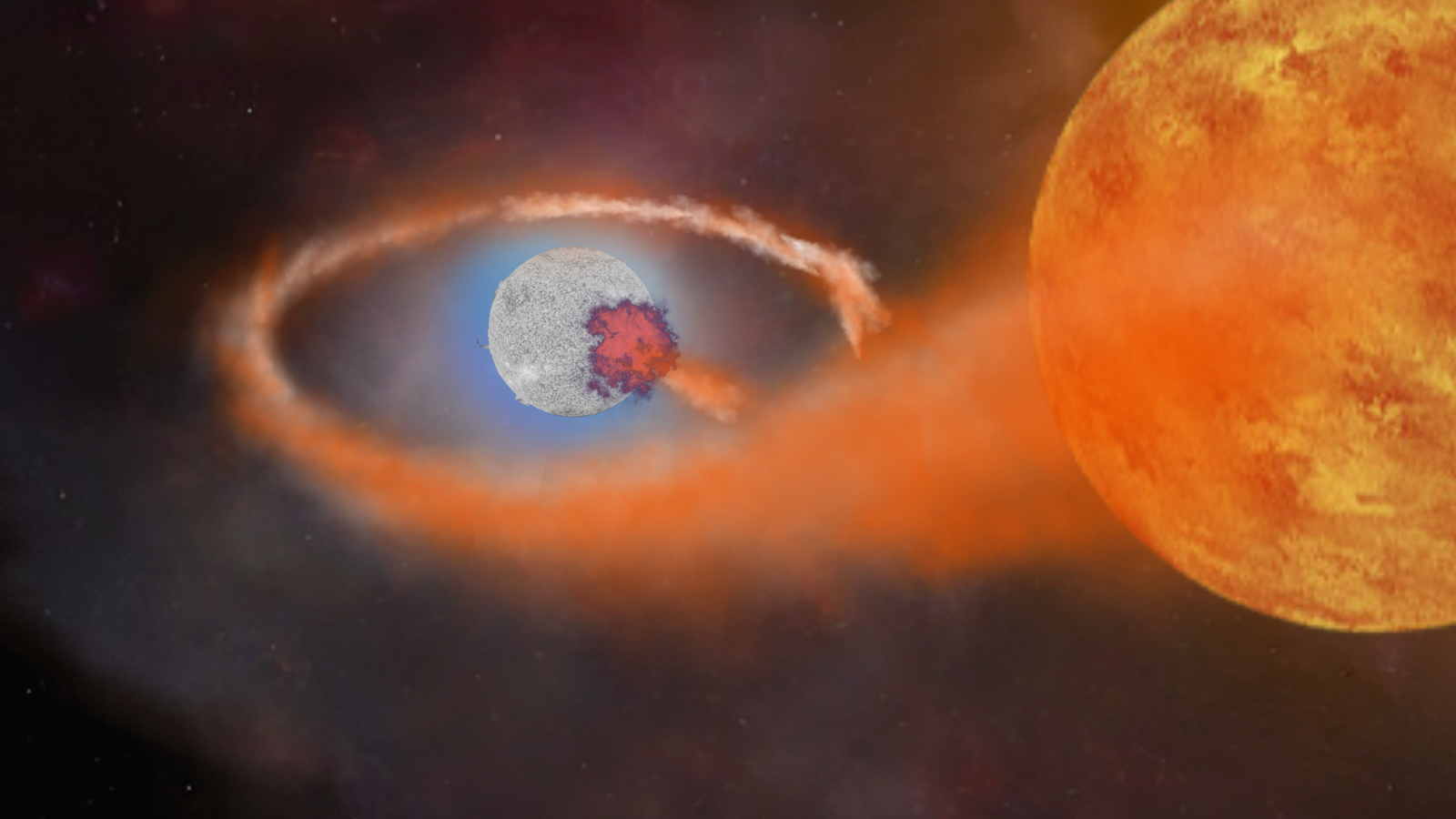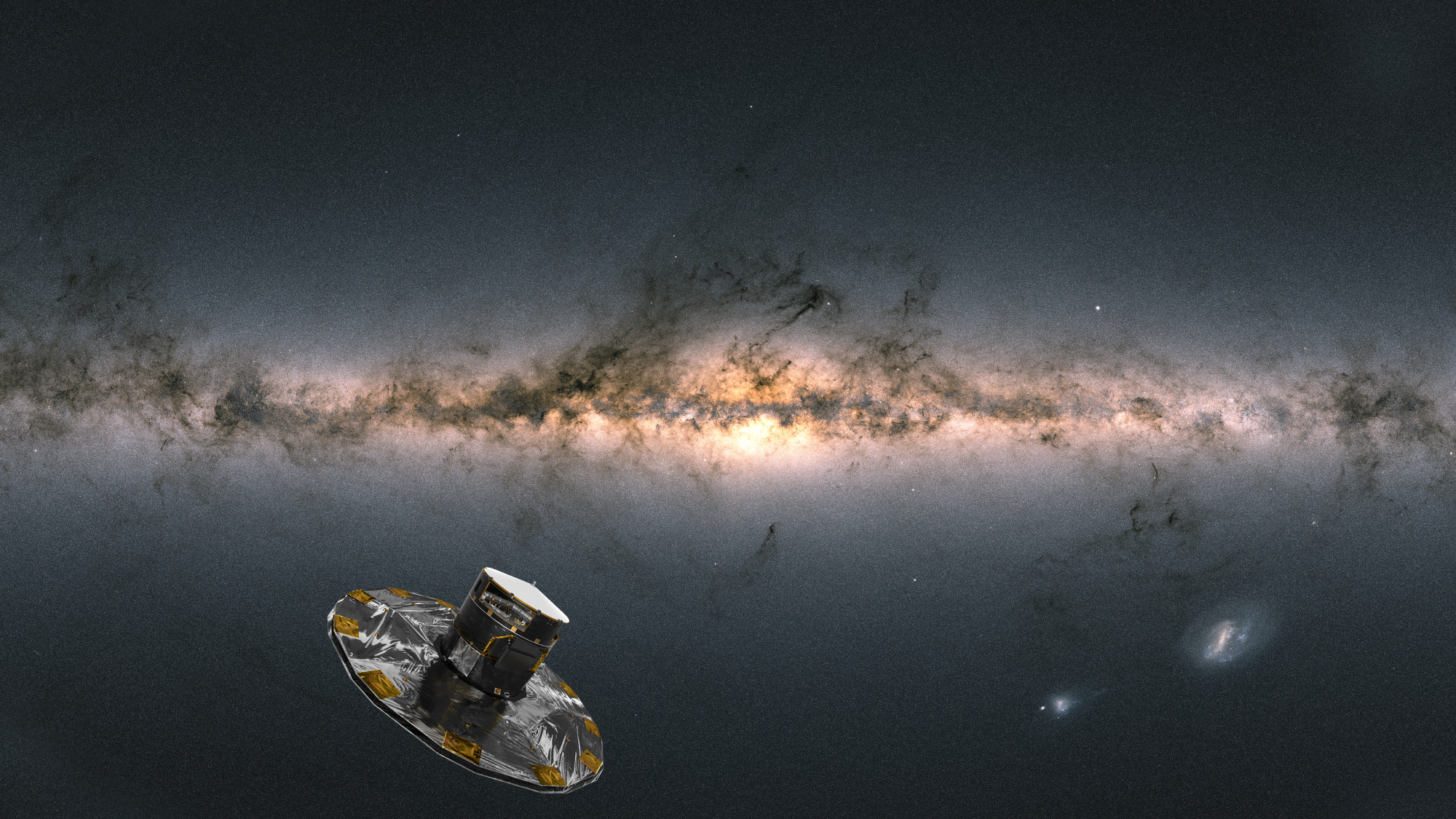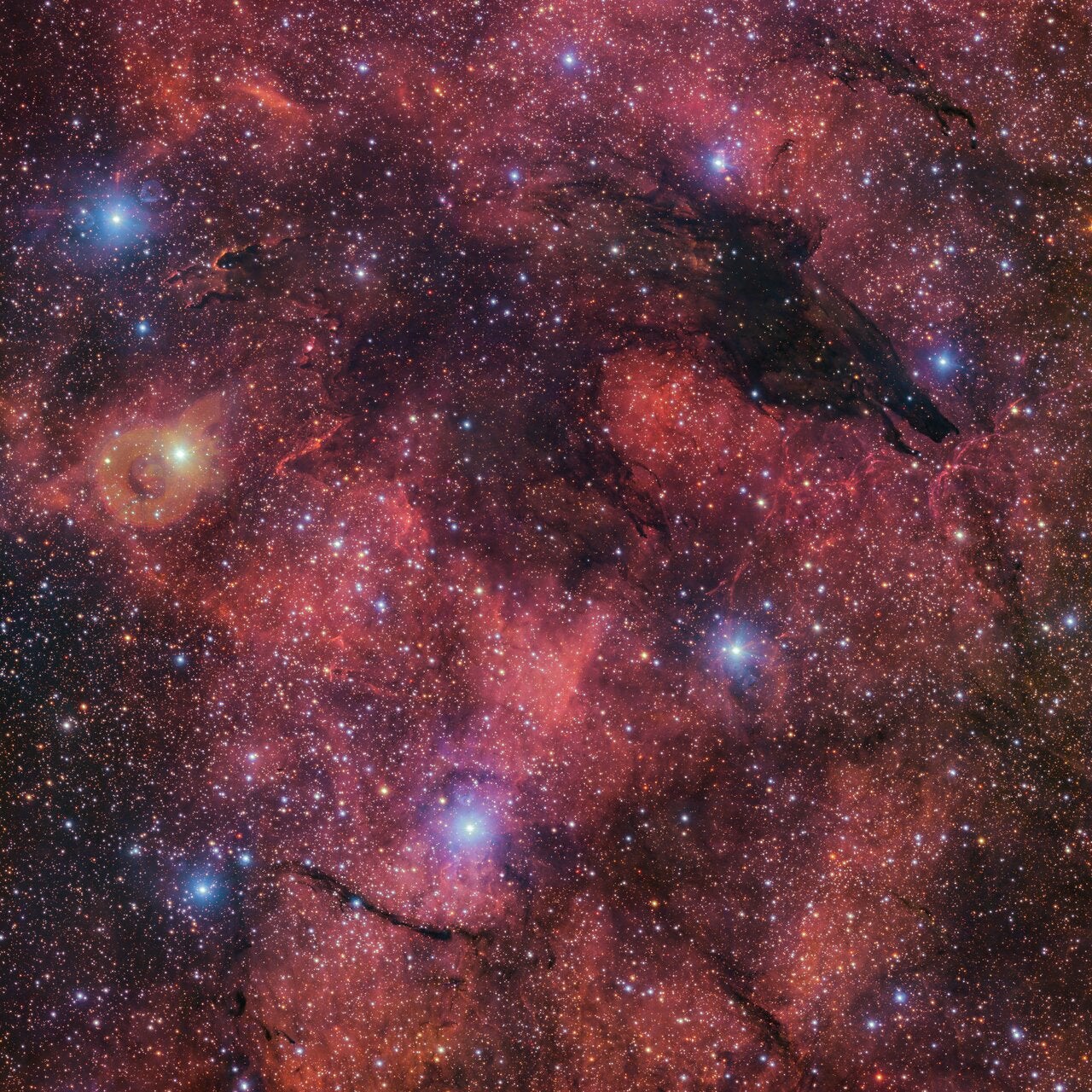
(Image credit: Caltech/R. Hurt (IPAC))
Astronomers have been aware of cosmic vampires, dead stars that hungrily strip plasma from victim stars, for some time. New research suggests that some of these cosmic fiends could have accomplices, Renfields to their Draculas, in the form of a third star in their systems, facilitating their fateful encounter.
These systems are known as cataclysmic variables, and their occupant vampire stars are white dwarfs, the type of stellar remnant that stars with masses around that of the sun leave behind when they die.
The matter stolen from their victim stellar companions by these white dwarfs piles up on the dead stars’ surfaces, eventually causing them to go supernova and be obliterated. Though the endings of cataclysmic variables are fairly well understood, this research suggests at least one new origin story.
“Our results are revealing another formation channel for cataclysmic variables,” California Institute of Technology (Caltech) researcher Kareem El-Badry said in a statement. “Sometimes, a lurking third star is key.”
Lurking third stars are terrible matchmakers
The current consensus on cataclysmic variables is that they form when two stars are brought together by a “common envelope” of gas wrapped around them. This is known as “common envelope evolution.”
Eventually, one of these two stars swells up as a red giant, puffing out to up to 100 times its original size, swallowing its stellar companion. After this envelope causes these stars to spiral together, it is ejected. The red giant is now a stripped core called a white dwarf with a companion star close enough for the dead star to strip it of its outer layers.
While many stars exist in binaries, triple-star systems are also common in the universe. That prompted El-Badry, Caltech graduate student Cheyanne Shariat, and their team to wonder how this process would play out for three stars.
To investigate this, the duo turned to the European Space Agency (ESA) mission Gaia. Before its recent retirement, Gaia tracked billions of stars to collect data that is allowing scientists to construct a detailed 3D map of our cosmic backyard.
El-Badry and Shariat found 50 cataclysmic variables in triple-star systems in which two stars are closely partnered while a third orbits at a much wider distance.

These results suggested to the duo that around 10% of cataclysmic variables are found in triple-star systems, a percentage that would be lower if lurking third stars had no role in creating cataclysmic variables.
To confirm this connection, the astronomers ran 2,000 simulations of hypothetical triple-star systems, watching the gravitational interactions between the three stars as the systems evolved.
In 400 of the systems, cataclysmic variables were born without the common envelope phase occurring. In that 20% sample of the total simulations, it was the third star that “torqued” the main binary, forcing them together.
“The gravity of the third star causes the binary stars to have a super eccentric orbit, and this forces the companion star closer to the white dwarf,” Shariat said. “Tidal forces dissipate energy and shrink and circularize the orbit. The star doesn’t have to spiral in through the common envelope.”

But that wasn’t all. In 60% of the simulated systems, a common envelope phase did begin, and it was triggered by the third star.
In the remaining 20% of the simulations, the common envelope formed in the standard way without the third star contributing.
Adjusting their data to account for a more realistic population of stars, reflective of the Milky Way, and including known cataclysmic variables, the duo predicted 40% of cataclysmic variables form in triple systems.
That is four times higher than the Gaia sample. The team reasons that this is because many third stars in these systems were either too difficult to see or have been ejected from the system.
— ‘This is the holy grail of theoretical physics.’ Is the key to quantum gravity hiding in this new way to make black holes?
— Tiny ‘primordial’ black holes created in the Big Bang may have rapidly grown to supermassive sizes
— A ‘primordial’ black hole may zoom through our solar system every decade
The simulations performed by El-Badry and Shariat also allowed the team to predict the type of triple-star systems more likely to form cataclysmic variables.
They found white dwarfs were more likely to feed on a stellar companion with the assistance of a third star when the system starts with the third star separated by over 100 times the distance between Earth and the sun.
Indeed, Gaia data did seem to show that triple systems with cataclysmic variables do indeed tend to display wider orbits.
“For the past 50 years, people were using the spiral-in common-envelope evolution model to explain cataclysmic variable formation,” El-Badry concluded. “Nobody had noticed before that this was largely happening in triples!”
The team’s research was published in the journal Publications of the Astronomical Society of the Pacific.
Join our Space Forums to keep talking space on the latest missions, night sky and more! And if you have a news tip, correction or comment, let us know at: community@space.com.

